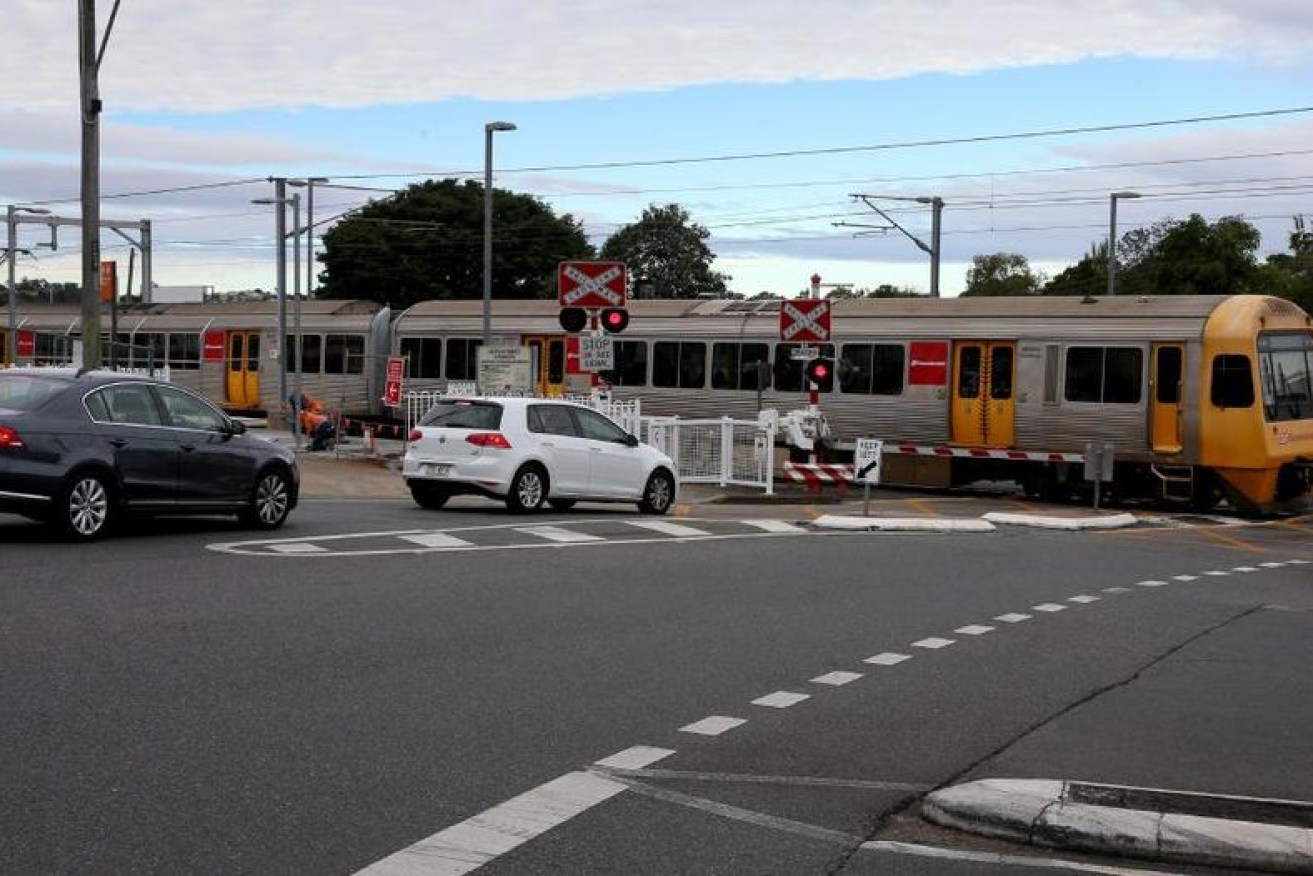Revealed: The big things Queensland needs to build to boost its economy
Problems with Queensland’s transport and energy capacity – ranging from level crossing dangers to choke points in the power grid – are holding the state back.


Fixing south-east Queensland's level crossings is list as a priority in Infrastructure Australia's latest list.
Infrastructure Australia’s latest overview of nationally-significant projects that should become urgent priorities for investment contains a grab bag of Queensland initiatives that span the state.
IA, an independent body that examines the urgency of Australia’s infrastructure needs and recommends action on those projects needed more than $250 million of federal investment, has added a record 44 new proposals to its priority list.
Chief executive Romilly Madew said more than half the proposals on the list would benefit regional communities, a reflection of how the COVID-19 pandemic had changed infrastructure needs.
She said the list provided “an investment roadmap to guide Australia’s economic recovery and improve quality of life as we continue to absorb and respond to the shocks of COVID-19”.
“The importance of a robust, evidence based investment pipeline has only increased as we look to recover from the dual health and economic crises of COVID-19, and grapple with further shocks and stresses including floods and bushfires, long-lasting drought, and a changing climate,” she said.
Among the body’s high priority initiatives is expansion of renewable energy zones – including in North Queensland – to boost the nation’s capacity to generate energy from solar, wind, hydro and other sources. This also need to include transmission infrastructure to ensure the national electricity grid operated more efficiently.
The existing grid also needed improvement over the next five years, including a boost to the capacity to transfer electricity between Queensland and NSW.
Several major transport projects like upgrades to the M1 and the Bruce Highway have been removed from IA’s priority list as they are being constructed.
However, the growing problem of south-east Queensland level crossings and the risks they pose to congestion and safety is newly listed as a high priority initiative, as is the capacity of transport links in northern Brisbane.
A report accompanying the 2021 priority list state: “The initiative…should consider a wide range of options to remove level crossings or minimise their impacts”,
“This could include traffic restrictions, road closures, demand management, removing level crossings, and potentially grade separations where warranted.”
Another addition to the list this year is the need to improve transport links between Ipswich and Springfield, west of Brisbane, one of the state’s fastest growing corridors.
The main transport artery, the Centenary Highway, is forecast to carry 40,000 daily trips within 15 years, a five-fold increase on current levels.
Ipswich City Council has succeeded in its bid to have the challenges it faces in improving connectivity between the two centres recognised as a national infrastructure priority.
But regional Queensland also featured heavily among the new priorities, with IA adding the improvement of the Outback Way link that connects Queensland with Western Australia as a priority initiative for the next five to 10 years.
“The inconsistent and poor condition of the road leads to long and unreliable travel times and higher safety risk for road users. Around half of the route is unsealed,” the report said.
There are 13 remote and regional communities that directly rely on the Outback Way for the supply of essential goods and services. This is adversely affecting economic growth in many of these remote communities, further entrenching social disadvantage.
Other priorities included land transport network maintenance and regional road network safety improvements.
Infrastructure Australia is worried about the backlog in maintenance of the land transport network and is pushing for urgent measures such as a comprehensive review of road conditions across Australia and serious consideration of road-user charging.
“The Queensland Government has identified some 885 km of the network as ‘high priority’ for maintenance or rehabilitation. Approximately 340 km of pavements and structures urgently require programmed maintenance, while 546 km require rehabilitation.”
“The Queensland Government expects the cost of addressing these issues to rise significantly if they are not addressed now.”
On road safety, the organisation notes that 70 per cent of fatal crashes in Queensland happen on roads outside of major cities.
The challenge was to address the parlous condition of certain roads that make up three per cent of the state controlled network but 15 per cent of fatal or “serious injury” crashes.
Other priority initiatives to boost regional Queensland infrastructure included improving productive water supply in the resources-rich Bowen Basin and improving arterial road capacity west of Cairns.












